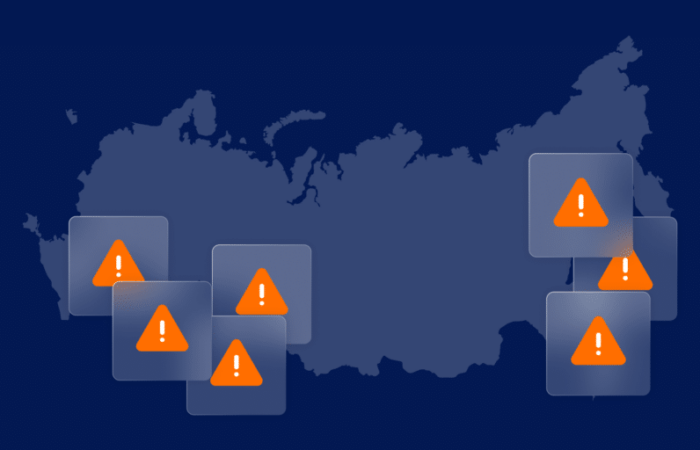From Cameroon to Djibouti: 3 surefire ways to identify flag manipulations

What’s inside?
The Djibouti flag is the latest target for bad actors. We looked at our data and the numbers tell the whole story.
But first, how do you even distinguish legitimate flag changes from deceptive flag changes? Malicious flag hopping is often well-concealed in a sea of legitimate flag changes. At Windward, we’re long familiar with bad actors’ habit of taking a standard shipping practice, manipulating it, and developing new methods to avoid detection. The end result is that deceptive shipping practices are constantly evolving.
The only way to stay ahead is to leverage a solution that can account for the latest risk trends. Windward data shows that flag manipulations are on the rise – the Djibouti flag proving just how quickly bad actors develop new MOs.
Djibouti taking after Cameroon
Back in May, we looked at our data to answer how monitoring flag registries and vessel flags can preemptively minimize risk and aid governments, flag, and port authorities identify flag weaknesses exploited by illicit players and sanctioned regimes. At the time, we discussed the Cameroon flag and the discovery of its systematic exploitation.
The maritime ecosystem will need to continue to develop checks and controls, as criminals will always find a new method to exploit. As we saw the manipulation of Cameroon develop, we are now seeing a similar trend with Djibouti.
1. A surge in the Djibouti fleet size
In 2018 and 2019, only two vessels began transmitting the Djibouti flag. In the past 18 months, 28 new vessels began transmitting the Djibouti flag. We are only halfway through 2021 and the Djibouti flag has already increased its size by 66%.

2. A skewed distribution of vessel class
In terms of fleet class distribution, over 50% of the new vessels are tankers. Why does this matter? The most prominent sanctioned commodity is crude oil, making tankers top of list for compliance teams to look out for.

In this way, we can begin to understand that the growing Djibouti fleet is no coincidence. To put this into perspective – only six vessels ceased transmitting the Djibouti flag over the past three and half years. Today, the main flags from which vessels have transferred to the Djibouti flag are Panama and Marshall Islands, some of the largest fleets in the world.
3. A change in risk level
The growing fleet size is of concern as the fleet’s risk has become prominent – both from a security and compliance perspective. For example, when the 28 new vessels started transmitting the Djibouti flag, the risk score of the fleet went from 0% to 28.5%. The new tankers didn’t just affect the security risk of the fleet. The only vessels currently flagged with compliance risk under the Djibouti flag are among the new tankers transmitting with the flag in the past 18 months. Prior to this, no compliance-related behavior was exhibited by this fleet. These nine high-risk tankers demonstrate various behaviors involving them with sanctioned programs worldwide, ranging from DPRK to Venezuela and Iran.
Is the Djibouti flag on your radar?
Flag hopping has become commonplace among bad actors. Meanwhile, systematic flag manipulation is showing a similar trend. Stakeholders need a strong system that can distinguish single events from deliberate methods to avoid detection.
Contact us to learn how we can help you reduce false positives and stay ahead of the latest risk trends.












